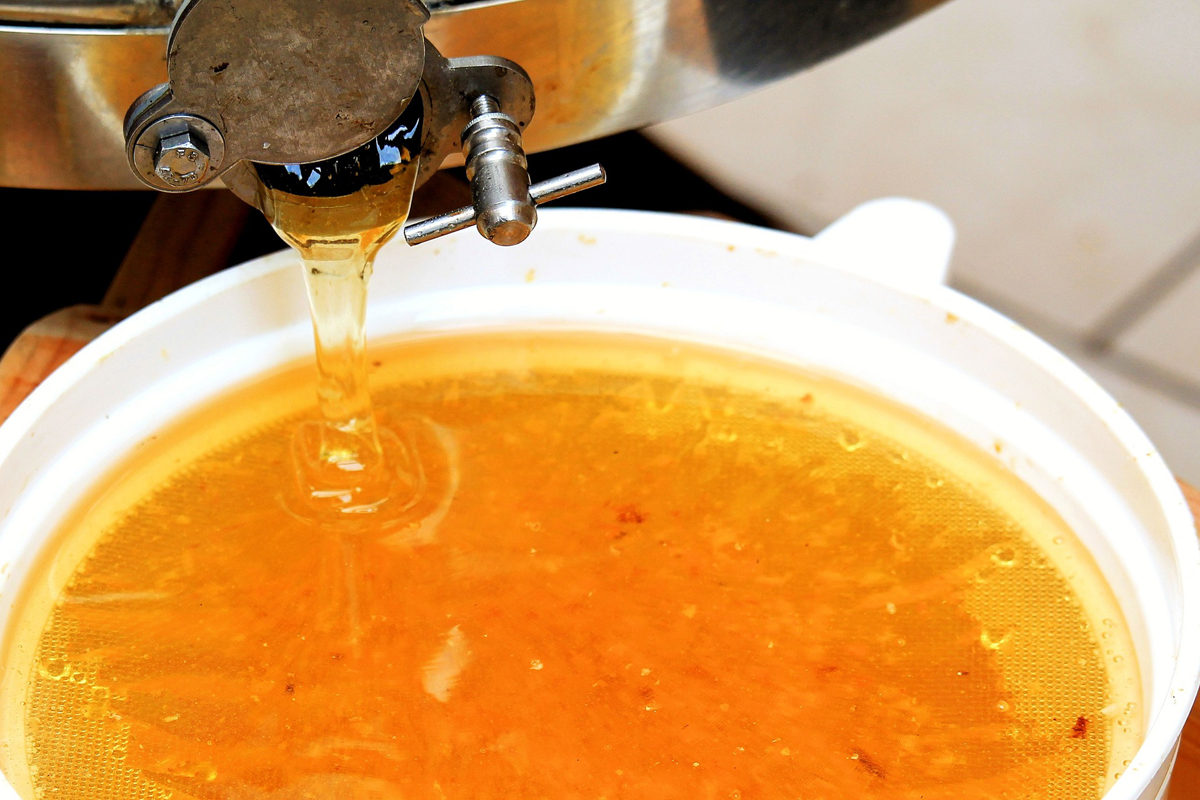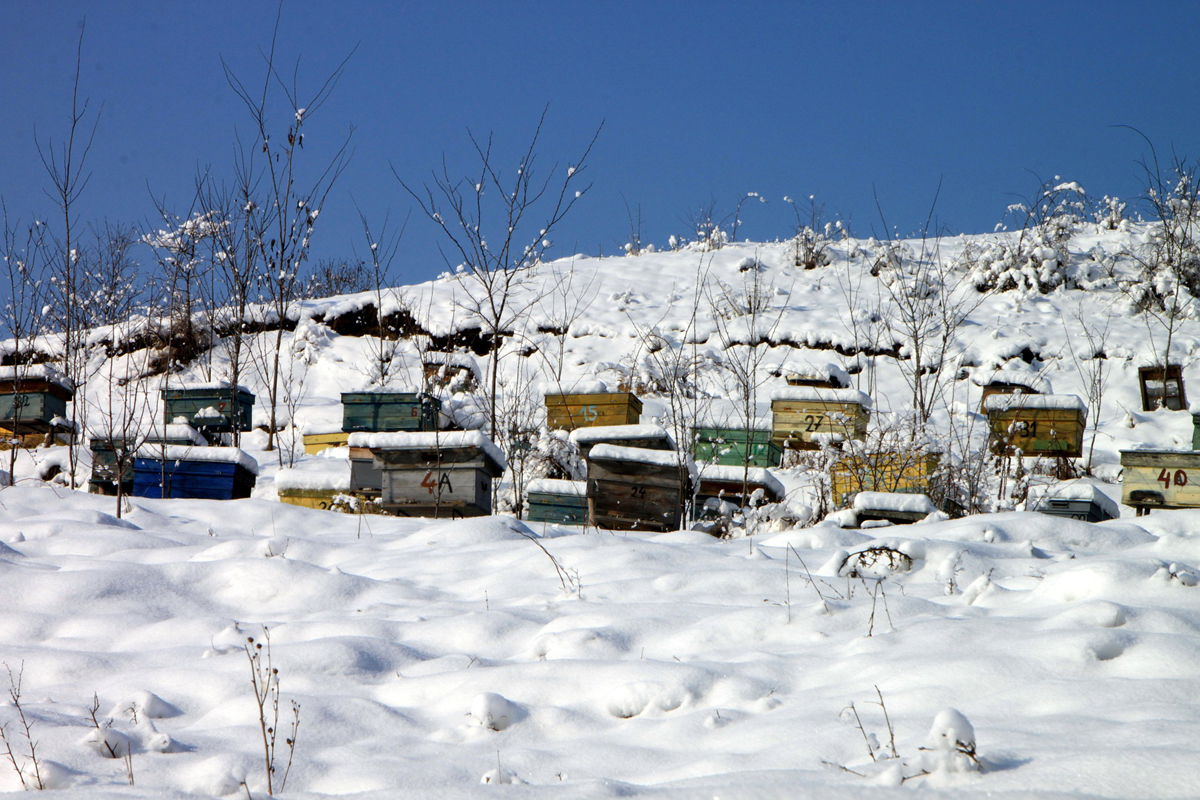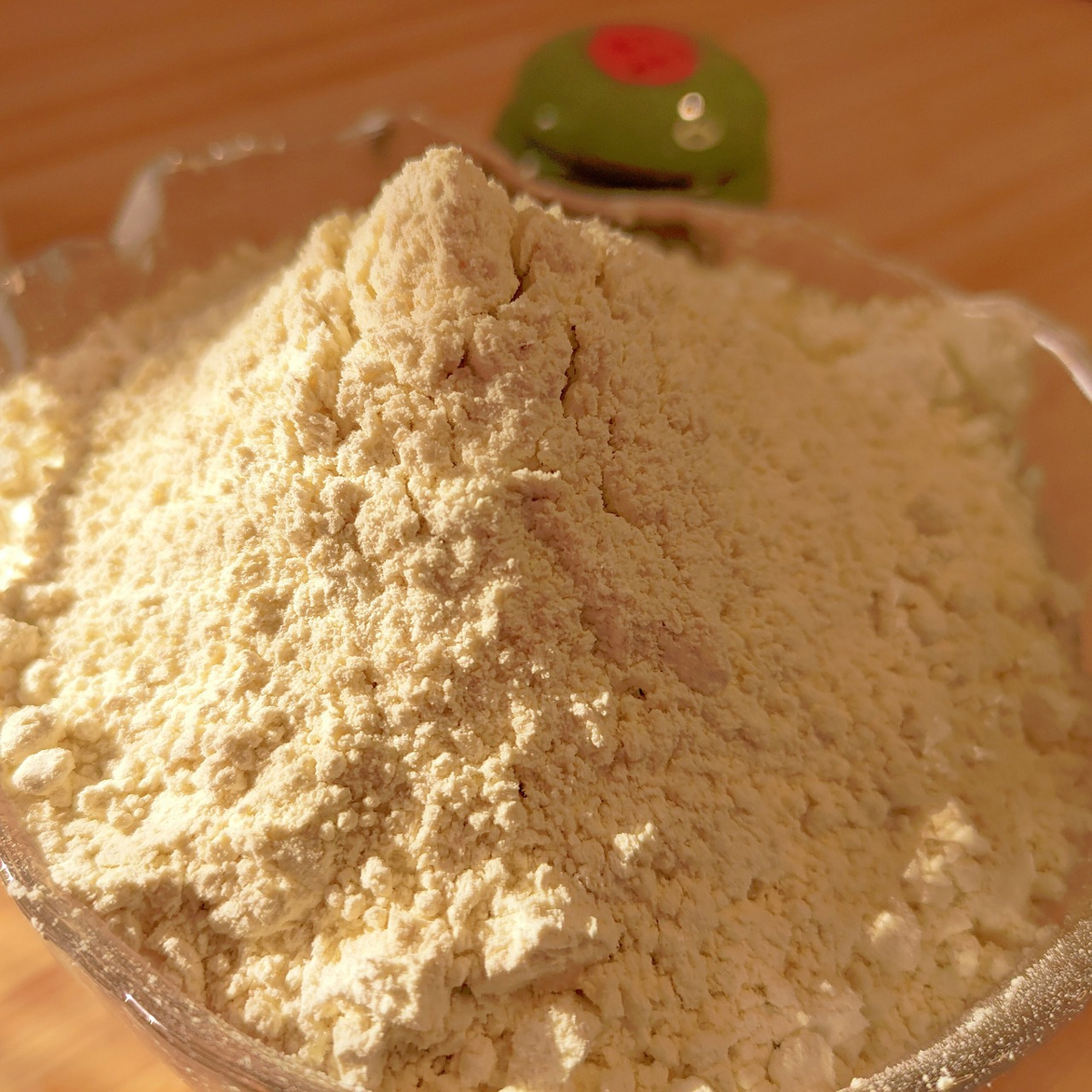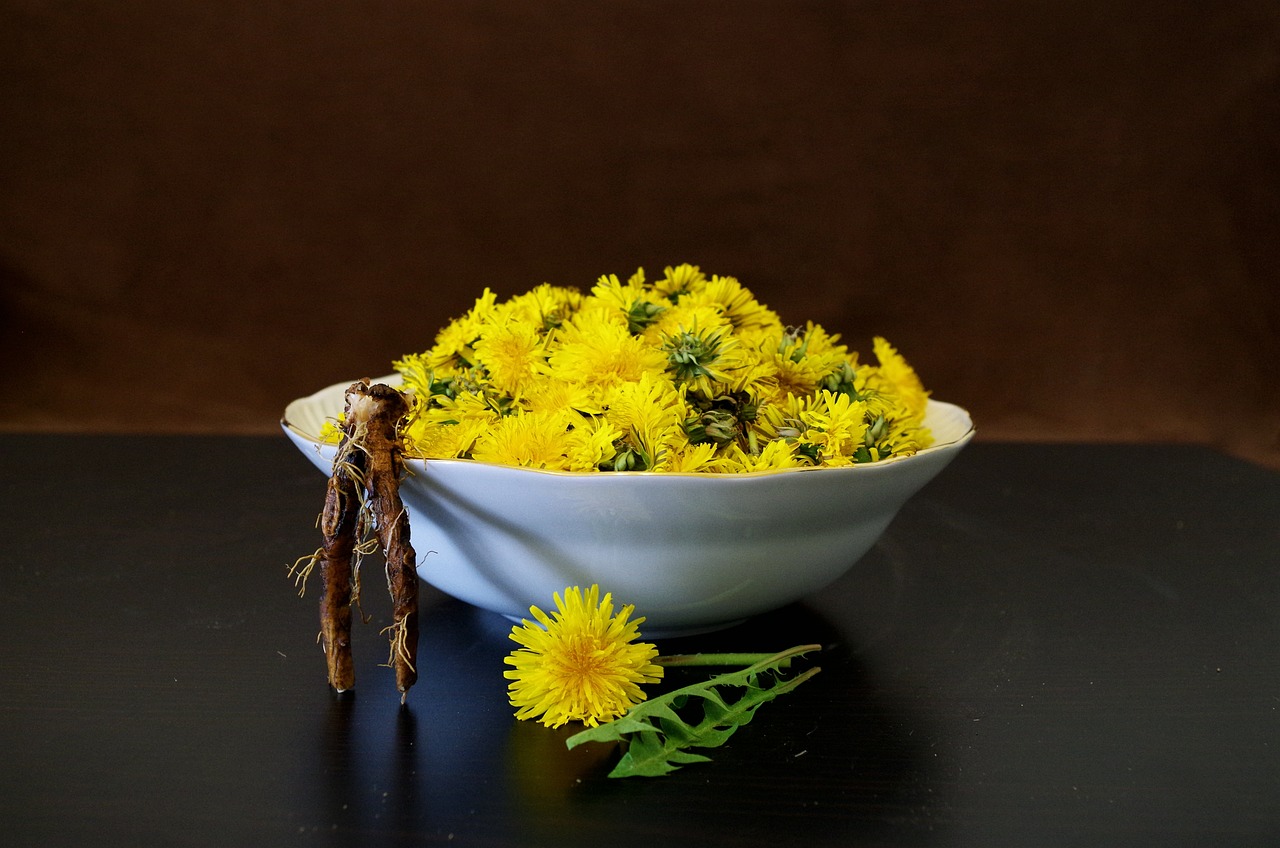Bee Honey Extractor at Work

A bee honey extractor is basically a modified centrifuge which is designed to extract honey from the hives without damaging the honey comb. The construction of an extractor includes a container that holds a basket of frames in it, which spins throwing the honey out of the frames by the centrifugal force.
The capacity of a honey extractor depends on the number of frames a container can hold. The smallest capacity is a two-frame extractor, while a large commercial one is able to hold more than hundred frames. The small ones are suitable for the hobbyist, where you the option to use a manual or an electric powered one.
Depending on how the frames are placed in the container, the type of an extractor can be divided into a tangential and radial extractor. A tangential extractor allows the honey comb to be placed with one side of the frame facing outwards, while the radial extractor allows the frames to be placed with the top bar facing outwards.
The radial type provides you with an advantage where you can reduce the amount of extraction work. You do not need to turn over the frames to extract the other side, since all the honey goes outwards already and can be directly tapped or pumped out.
After placing the honey into the honeycombs, the bees naturally cap the frames to keep the honey as storage. Thus the initial step of the extraction process is breaking and removing all the caps before the frames are placed in the honey extractor.
The uncapping task can be done with the help of an automated uncapper, but you can do it manually using a knife that is heated prior to cutting of the caps. The uncappings, which are the removed small pieces of wax, are actually rich in honey which needs to be drained by the means of a little heating.
Small Mites Causing Big Problems for Honey Bees
While the automated uncapping machine works by grinding the wax surface using moving chains or prickles, but it is a bit cluttered compared to the manual uncapping. But on the other hand it needs lesser work. Prior to uncapping, several hobbyist or noncommercial beekeepers separate and keep the propolis by scraping it manually.
Those uncapped frames will be placed in the container of the honey extractor. Be sure that all the frames are placed properly to the right direction. You should place the comb a little upward to avoid the honey flowing out and then let it spin. The yield of the honey still contains small pieces of wax hence you need to filter it through a strainer to obtain the clear honey.
After extraction you will find a thin film of honey left on the frames which should be removed and put back in the hives. Putting this left over back into the hives should be done in the early morning or late evening which is the time where the bees will take this treat aggressively. Avoid doing this when food is scarce, since other foraging bees from another nearby colony will rob the honey.
To assure hygiene, it is recommended to perform honey extraction in a special room, with an adequate temperature to allow a smooth honey flow with all the required tools and equipment ready in place. Seal the room securely to minimize the possibility of honey robbing by other foraging bees or insects.
The Author:
Uno Birawan is a writer and wrote a lot about beekeeping.








